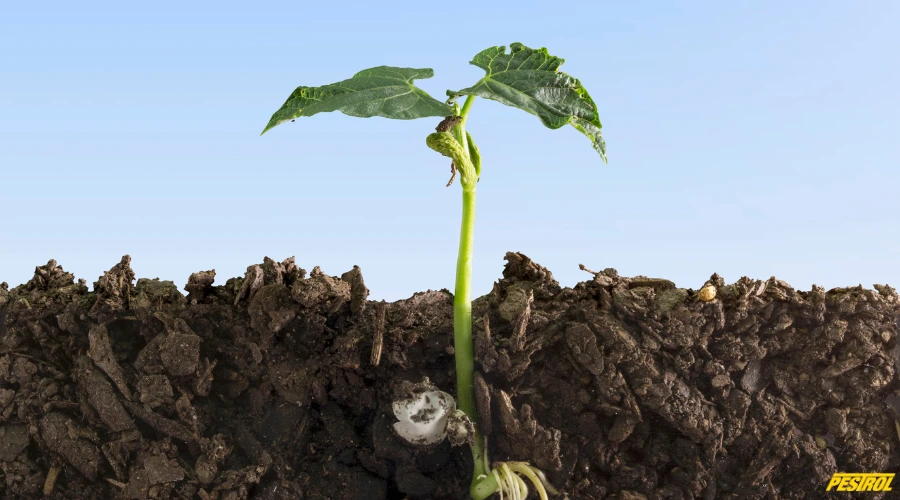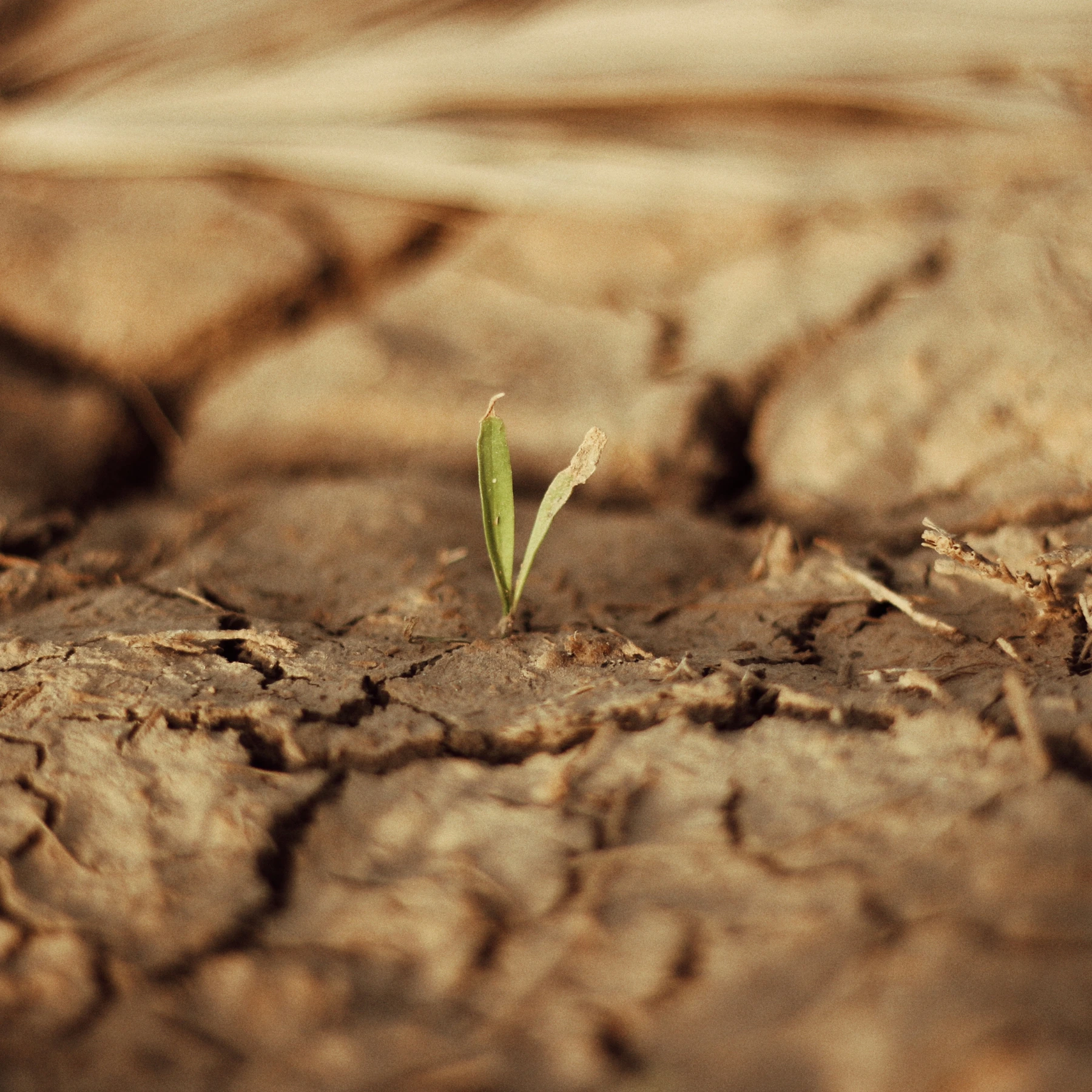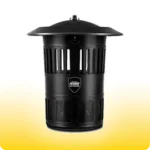Complete Soil Wetter Guide: How They Work & Why You Need Them

Soil wetters (wetting agents or surfactants) are specialized chemical compounds designed to improve water penetration and retention in soil. This soil wetter guide examines the technical aspects, applications, and benefits of these agricultural products in managing water-repellent and hydrophobic soils.
The primary function of soil wetters is soil moisture optimization through enhanced water absorption and retention. These products are particularly effective in sandy or compacted soils where water typically runs off or pools on the surface instead of reaching root zones. Soil wetters modify water’s surface tension properties, enabling better soil penetration and moisture distribution throughout the root zone.
In agricultural and horticultural applications, soil wetters serve as critical water management tools. They increase irrigation efficiency, reduce water waste, and improve water utilization by plants. This technical guide analyzes soil wetter mechanisms, performance data, and implementation methods across different soil conditions.
Soil Wetter Guide

How Soil Wetters Work?
Understanding how soil wetters work is crucial for maximizing their benefits in your garden or agricultural setting. These products employ specific mechanisms to improve soil moisture retention and overall soil health.
Mechanism of Action
Soil wetters function by altering the physical properties of water and its interaction with soil particles. The primary mechanism of action involves reducing the surface tension of water molecules. This reduction allows water to spread more easily across soil particles and penetrate deeper into the soil profile. When applied to soil, soil wetters create a thin film around soil particles. This film helps break down the hydrophobic (water-repellent) coating that can form on soil grains, especially in sandy or organic-rich soils. By doing so, soil wetters facilitate better water infiltration and distribution throughout the root zone. The improved water penetration leads to more uniform soil moisture, reducing dry spots and ensuring that plant roots have consistent access to water. This mechanism not only improves soil moisture retention but also enhances nutrient uptake, as water is the primary medium for nutrient transport in soil.
Types of Soil Wetters
| Type of Soil Wetter | Description | Best For |
|---|---|---|
| Synthetic Soil Wetters | Made from petroleum-based compounds; highly effective and long-lasting. | Residential and commercial applications. |
| Organic Soil Wetters | Derived from plant-based materials; biodegradable and environmentally friendly. | Organic gardening practices. |
| Polymer-based Wetters | Combine traditional wetting agents with water-retaining polymers for extended moisture retention. | Areas needing long-term moisture management. |
| Microbial Soil Wetters | Incorporate beneficial microorganisms that improve water penetration and enhance soil biology. | Improving overall soil health and microbial activity. |
Benefits of Using Soil Wetters
Soil wetters play a crucial role in enhancing water retention, addressing one of the most significant challenges in modern gardening and agriculture. By improving soil moisture retention, these products transform how water interacts with soil particles, creating a more efficient water management system.The primary benefit of improved water retention is the reduction of water wastage. Traditional watering methods often result in significant runoff, especially in compacted or hydrophobic soils. Soil wetters break this cycle by ensuring that water penetrates deeply and evenly throughout the soil profile. This means less water is lost to surface evaporation or unnecessary runoff.
Key advantages of improved water retention include:
- Reduced watering frequency
- More consistent moisture levels
- Better drought resistance for plants
- Decreased water consumption
- Improved root zone hydration
For gardeners and farmers, this translates to significant benefits:
- Lower water bills
- More resilient plants
- Reduced stress on vegetation during dry periods
- More sustainable gardening practices
Enhanced Nutrient Availability - Soil Wetter Guide
Soil wetters do more than just manage water – they fundamentally improve nutrient availability for plants. By creating a more uniform moisture environment, these products enable more efficient nutrient transport and absorption.Water serves as the primary carrier for nutrients in soil, moving essential minerals and compounds to plant roots. When soil wetters improve water distribution, they simultaneously enhance nutrient movement. This means that fertilizers and naturally occurring soil nutrients can reach plant roots more effectively and consistently.
The benefits of enhanced nutrient availability include:
- More uniform nutrient distribution
- Increased nutrient uptake efficiency
- Reduced nutrient leaching
- Improved root zone nutrition
- Better overall plant health and growth
Specific advantages for plants:
- Stronger root development
- More vigorous plant growth
- Increased resistance to environmental stresses
- Improved crop yields
- Enhanced plant color and vitality
Choosing the right Soil Wetter to your needs
Factors to Consider
When selecting a soil wetter to improve soil moisture retention and overall plant health, several key factors should be taken into account:
- Soil Type: Different soil types respond differently to soil wetters. Sand-based soils are more prone to hydrophobicity and may require stronger formulations, while clay soils might benefit from products that enhance water distribution.
- Degree of Hydrophobicity: Highly water-repellent soils may need higher application rates or more frequent treatments to effectively improve water penetration.
- Plant Needs: Consider the specific requirements of your plants or turf grass. Some varieties may have different water needs or sensitivities to certain ingredients.
- Environmental Conditions: Factors such as climate, rainfall patterns, and irrigation practices should influence your choice of soil wetter.
- Application Method: Decide between liquid and granular forms based on ease of application and the size of the area to be treated.
- Longevity: Some soil wetters provide long-lasting effects, while others may require more frequent application. Choose based on your maintenance schedule and needs.
- Organic vs. Synthetic: Consider whether you prefer organic soil wetters or are open to synthetic options, depending on your gardening philosophy.
- Additional Benefits: Some soil wetters offer extra advantages, such as improving soil structure or enhancing nutrient uptake.
In summary, soil wetters are invaluable tools for enhancing soil moisture retention and improving plant health. By understanding how soil wetters work and recognizing their numerous benefits—such as improved water retention and enhanced nutrient availability—gardeners and farmers can make informed decisions to optimize their growing conditions.
When choosing the right soil wetter, it is essential to consider factors such as soil type, plant needs, and environmental conditions. By selecting a product that aligns with your specific gardening goals, you can maximize the effectiveness of your watering practices and promote healthier, more resilient plants.
For those interested in exploring a variety of options, consider checking out our comprehensive category of wetting agents, where you can find both organic and synthetic solutions tailored to meet your gardening needs.





 Mosquito Traps
Mosquito Traps